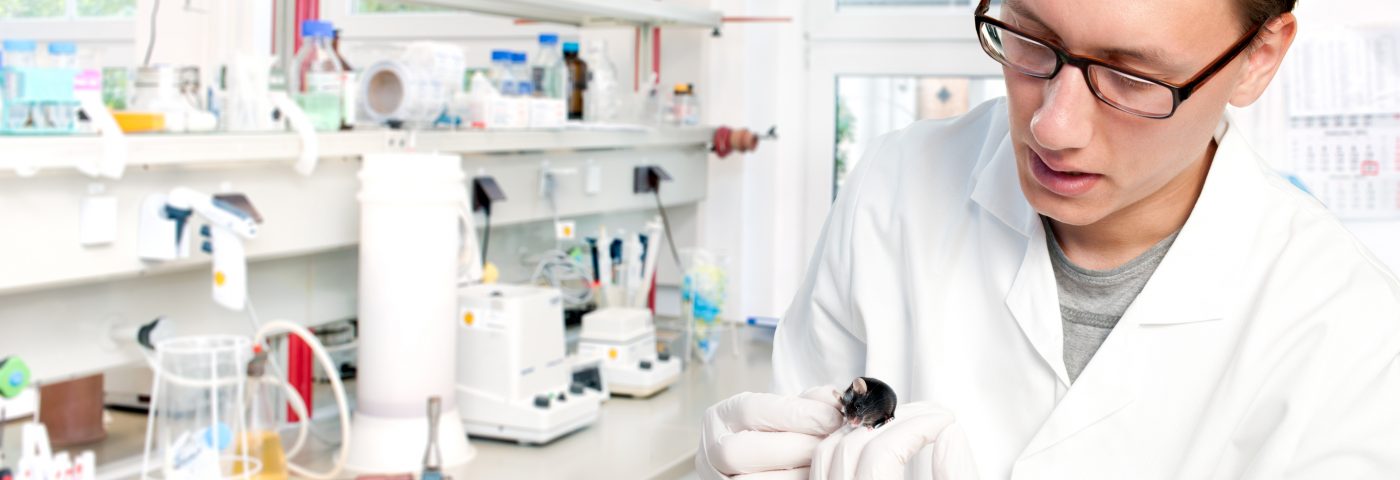Researchers at the University of Queensland are testing a new promising drug developed by Pfizer that could slow down the development of asthma or even reverse it.
The preliminary findings using a mouse model were described in the study “Aeroallergen-induced IL-33 predisposes to respiratory virus–induced asthma by dampening antiviral immunity,” and published in The Journal of Allergy and Clinical Immunology.
According to World Health Organization statistics from 2011, around 235–330 million people live with asthma worldwide. The condition is characterized by narrowed and blocked airways, which make breathing difficult.
While asthma has no available cure, the most effective treatment to improve symptoms is to identify triggers and allergens, such as dust, cigarette smoke, pets, viral infections, and limit exposure to them. In cases where triggers and allergen avoidance is insufficient, the use of medicinal treatments is recommended to relieve the symptoms and reduce the recurrence of asthma episodes.
To clarify the synergistic interplay between exposure to allergens and viral infections, the research team focused on a protein called interleukin 33 (IL-33), which is involved in the production of substances secreted by certain cells of the immune system.
“The tests are based on our recent research, which discovered IL-33 plays a significant role in the development of asthma,” said associate professor Simon Phipps of the University of Queensland, in a press release.
Researchers inoculated mice with the pneumonia virus of mice (PVM), and then exposed the animals to low-dose cockroach extract (CRE) in early and later life, which is supposed to induce asthma reactions. Inflammation in the airways of the mice, remodeling, and hyper-reactivity were examined. The animals were then given an anti–IL-33 or apyrase as a treatment to block the release of protein IL-33.
The results suggested that separate events with PVM infection or exposure to CRE did not generate disease symptoms. However, exposure to both PVM and CRE at the same time led to an asthma reaction.
In early life, CRE exposure during viral infection impaired certain proteins involved in the immune system; which resulted in raised tissue viral burden, airway smooth muscle growth, and inflammation. Inhibition of CRE-induced IL-33 release improved those features, while substitution of CRE with synthetic IL-33 resumed disease symptoms.
“While IL-33 is well known for causing bronchial inflammation in asthmatics, our research demonstrated for the first time that it also weakens the ability of asthmatics to fend off respiratory viral infections, a common trigger of asthma attacks,” Phipps said.
“We found exposure to a respiratory virus, followed very closely by exposure to an allergen, induced the release of IL-33,” said Dr. Jason Lynch, a postdoctoral fellow and team member. “The excess IL-33 protein was found not only to hinder recovery from the virus but also to promote the development of more severe and persistent symptoms of the disease. . . However if mice were exposed to an allergen at a time before contracting the virus it made no difference to their recovery process.”
The researchers hope that the new drug will be able to reverse or slow down the development of asthma by inhibiting the release of protein IL-33, and eventually come up with better treatment drugs.

